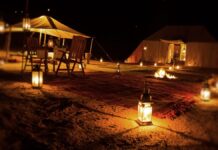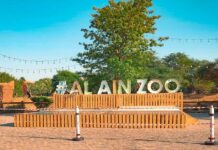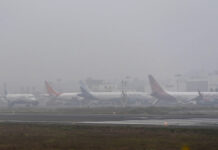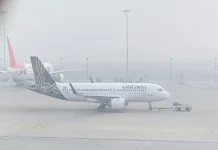The country with fascinating yet diverse geographical features and cultures
Mongolia is located in the plateau of Central Asia, between Russian Siberia and China, and covers an area roughly the size of Western Europe. It has steppes, sand dunes, rocky and forest mountain ranges. The country is mountainous with an average altitude of 1,580 m above sea level, which makes Mongolia one of the highest countries in the world. The lowest point is Hoh Nuur depression at 560 m above sea level and the highest point is the Khuiten peak at 4,374 m. The capital Ulaanbaatar city lies at 1,500 m above sea level. The geography of the country is characterized by great diversity. From the north to the south, it can be divided into four areas: mountain forest steppe, mountain steppe and, semi-desert and Gobi desert. In contrast to most visitors’ expectations, much of the country’s territory is mountainous.
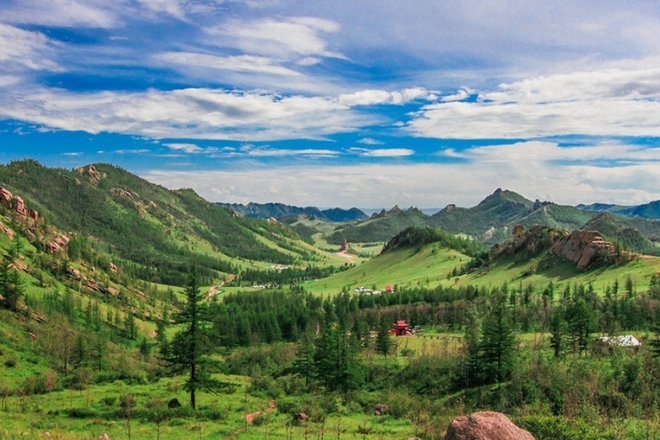
Traditionally, Mongolian lifestyle is nomadic. Mongolians live under remarkably sunny and blue sky as the country enjoys 250 sunny days per year. In summer time, the average temperature is 20 degrees Celsius and in winter -24 degrees Celsius. The country has fascinating yet diverse geographical features and cultures throughout its territory and captures the heart of everyone who travels through it.
Mongolia’s best travel routes and attractions are classified into six main categories by geographical locations: Ulaanbaatar and around, Southern Mongolia-Gobi Desert region, Western Mongolia, Central Mongolia, Northern Mongolia and the Eastern Mongolia-Great Eastern Plains. Mongolian Culture is unique and dissimilar to anywhere else in the world. The combination of glorious history, nomadic civilization and its wonderful traditions and the pristine nature make Mongolia a truly special experience definitely not to be missed.
The rugged landscape of the least densely populated country in the world is the perfect adventure destination for the traveler who seeks a glimpse into a different culture. Here are 10 places that you should not miss when you are in Mongolia:
Gobi Desert: One of the most unusual desert landscapes in the world, the Gobi Desert has the spectacular singing dunes, Khongoryn Els. Gravel plains and rocky outcrops cover much of this area, which is the home of the last two-humped camels in the world and Gobi bears, the only bears you can find in a desert landscape. Visit the Eagle Valley, a protected site which narrows into a gorge. Bayanzag is another must-see place especially for those keen on history. This is an ancient sea floor and the site of several remarkable paleontological finds. The first ever full dinosaur skeleton was found in Khermen tsav which is a canyon with an oasis.
Khuvsgul Lake: Known as the Dark Blue Pearl of Mongolia, this lake is a sight worth seeing with lush greenery surrounding it. Almost a 100 rivers and streams culminate in these waters that were first formed almost three million years ago due to tectonic activity.
Terelj National Park: The biggest protected area in the country, this park is about 80 km away from Ulaanbaatar. Complete with natural beauty, adventure sport activities and great scenic spots, this is the perfect tourist destination indeed.
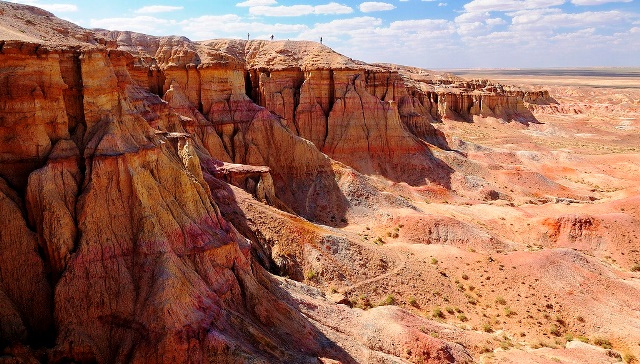
Altai 5 Bogd: The five sacred peaks are also the highest ones in Mongolia. In the shadow of the Tavan Bogd is a glacier spanning 23 sq km, several lakes and a stunning waterfall. This location is also home to many archaeological sites. The Petroglyph Complexes of the Altai collectively form a Unesco World Heritage Site.
Kharkhorin-Erdenezuu: Believed to be the oldest surviving Buddhist monastery in Mongolia, this is adjacent to Kharkhorin, an ancient city. Stones from the ruined old city were used to build the monastery.
Orkhon Valley: This is a Unesco World Heritage site where you can find writings from the 8th century. The ancient capital city of Uighur thrived here and this is also where you can find the Tuvkhun monastery. If nature is more your thing then the Eighth Lakes (Naiman Nuur) and Orkhon waterfall should make a spellbinding spectacle for you.
Khustai National Park: Named for the birch trees that grow in the vicinity, this is the perfect place to get a glimpse of the steppes ecosystem. The fauna of the area include the red deer, white tailed gazelles and roe deer among others. There are quite a few historical monuments here such as the Ongot’s man monuments, temple ruins and Hunnu’s rectangular tombs.
Ulaanbaatar: The capital city shows you how ancient culture can be fused with modern day trends with ease. The ruins of monasteries rub shoulders with glass encased skyscrapers here while the covered Narantul Market gives you a single point from where to pick up traditional essentials for your life.
Khorgo Terkhiin Tsagaan Nuur National Park: Within this park, watched over by extinct volcanoes, the Terhiin Tsagaan lake can be found at an altitude of 2,060 m. The unique geology of the Khorgo Volcano to the east makes this a location that remains in your memory forever. The lake has a volcanic island at its center where exotic birds flock.
Tsagaan Suwarga: The words mean white stupa and the towering structure revealing limestone bedrock dating back to the ancient times makes for a truly awe inspiring sight here. Don’t miss the splendid views of the desert floor down below which transforms from white to yellow to pink before turning red.
The Best Time to Travel to Mongolia
In Mongolia, there is a glorious yin to each season’s not so glorious yang. Picturesque summer (June-August) brings lush steppes in bright greens, but also mosquitoes and mud. Spring (March-May) is migration season for herders, but brings unpredictable weather and deceptive wind chill. Autumn (September-October) brings a kaleidoscope of colour, but can be prone to heavy rain. You could be forgiven for thinking that winter is not the best time to go to Mongolia, when temperatures can plummet to -30 degrees Celsius, but for well prepared adventurers this can be a hugely rewarding time as herders stay close to camp and there is not another tourist in sight.
Food
There are varieties of restaurants in Ulaanbaatar serving Mongolian, Chinese, Russian, European, Japanese, and Korean, Thai and Latin American foods.
How Travel to Mongolia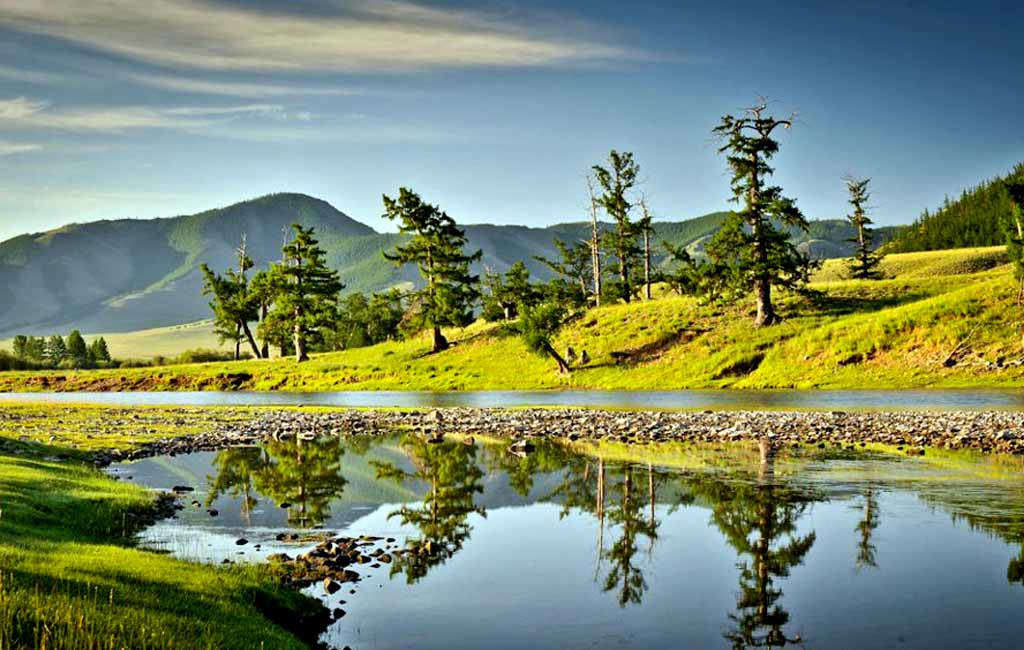
By air: Mongolia is a landlocked country that can be reached either by air or by land. Chinggis Khaan International Airport (ULN) is the major international airport that is located in 15 km southwest of the capital city, Ulaanbaatar.
There are no direct flights and only available below connecting flights from the US are via Seoul-Ulaanbaatar (Korean Air), Beijing-Ulaanbaatar (Air China), Moscow-Ulaanbaatar (Aeroflot), and Istanbul-Ulaanbaatar (Turkish Airlines).
By train: The legendary Trans-Siberian Railway which is the longest (7,925 km) continuous rail line on earth links Ulaanbaatar, Mongolia, with Irkutsk and Moscow, Russia and Beijing, China. The journey from Moscow to Ulaanbaatar takes about five days, from Irkutsk (Baikal Lake) 24 hours and from Beijing about 28 hours. From the Mongolian steppes to Lake Baikal’s remote shores, and to the Great Wall of China, you can start your adventure at any of these three completely different cultures.




